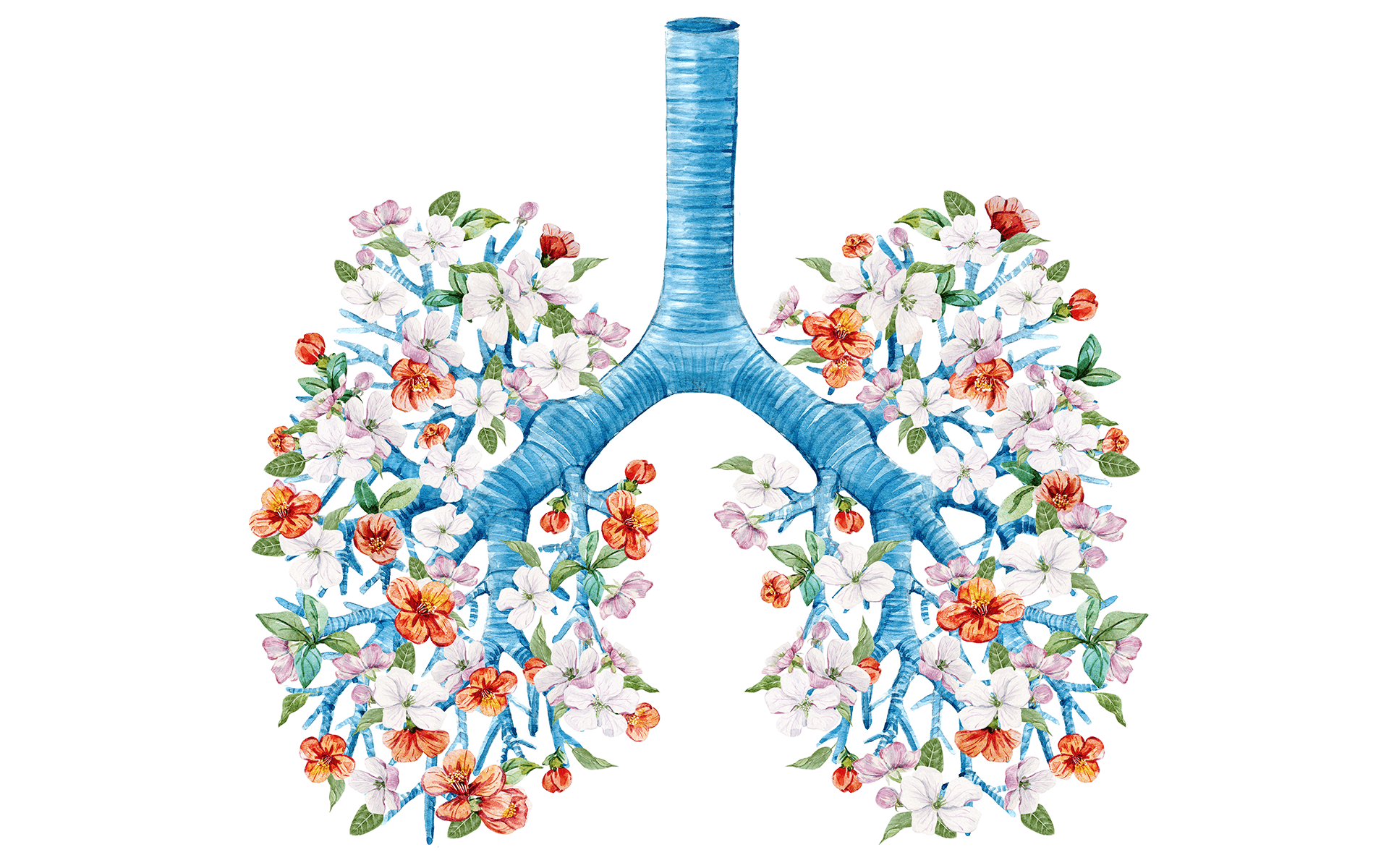How you’re breathing can tell you something about your current state of mind—maybe you’re feeling pretty good, thinking about happy hour cocktails with colleagues. Or maybe you’re feeling a bit stressed, trying to wrap everything up before the workday ends.
Not to say that all stress is bad, says Emma Seppälä, Director of the Center for Compassion and Altruism Research and Education (CCARE) at Stanford. But if you’re running on high-octane all the time, you can easily become a candidate for burnout.
The breath restores us, and helps us save our energy for those big moments when we need our mental resources the most.
“We know that short-term stress can be great. It can really help you get through a deadline and mobilize you,” says Seppälä in a recent video for Big Think, “However, if you depend on that day after day after day you’ll find that your body becomes worn out, your immune system is impacted and even your mind, your attention and your memory are impaired through that long-term chronic stress.“
That’s where the breath comes in: it restores us, and helps us save our energy for those big moments when we need our mental resources the most. Below, Seppälä explores the link between emotions and breath, and how you can train yourself to introduce more calm into your day.
Try This: Using the Breath to Calm Down
While the breath acts like a barometer for how you’re feeling, it’s also a tool: breathing techniques can help you shift gears, and change your emotional state—particularly helpful if you’re under pressure.
“Our breath can significantly change the state of our mind,” Seppälä says. “So usually if we’re in a very high stress moment, it’s very difficult to talk ourselves out of it…It’s just very challenging to change your mind with your own mind, your thoughts with your own thoughts. However, if you calm your nervous system, which is what we do with the breath, then your mind can start to calm down as well.”
You can soothe stress using this intentional breathing practice:
- Start by finding a comfortable position, like sitting upright in a chair or lying on your back. Begin to observe your breath just as it is.
- Place your right hand on your breastbone (sternum) in the center of your chest. Place your left hand so that your thumb is below your navel. Continue to breathe normally and observe whether you are breathing more into your right hand or left hand.
- Try breathing into your right hand that is resting in the middle of your upper chest. Without forcing the breath, see how it feels to breathe into the space below your right hand. What do you notice? Can you slow your inhalation or is that difficult or uncomfortable? Keep observing for 10–20 breaths. After 10–20 breaths, take a few deep inhalations and exhalations and resume breathing normally for a minute or so.
- Next, try breathing just into your left hand that is resting on your abdomen. Without forcing the breath, see how it feels to breathe into the space below your left hand. What do you notice? Keep observing for 10–20 breaths. After 10–20 breaths, take a few deep inhalations and exhalations and resume breathing normally for a minute or so.
- Now, try breathing half of your inhalation into your right hand, pause for a second or two, and then breathe the remainder into the space below your left hand and pause. Then exhale from the bottom up, first releasing the air below your left hand, then allowing the exhalation to continue from below your left hand to below your right hand, traveling up and out either through your nose or mouth. Keep observing for 10–20 breaths. After 10–20 breaths, take a few deep inhalations and exhalations and resume breathing normally for a minute or so.
- Finally, try breathing deeply and fully from top to bottom as you inhale and bottom to top as you exhale, without pausing. If possible, see if you can slow the exhalation so that it is longer than the inhalation. After 10–20 breaths, take a few big deep inhalations and exhalations and resume breathing normally for a minute or so.
- Notice how you feel. Was the exercise simple or difficult? Did breathing slowly and fully seem usual to you? How do you feel physically? Emotionally? Energetically?








